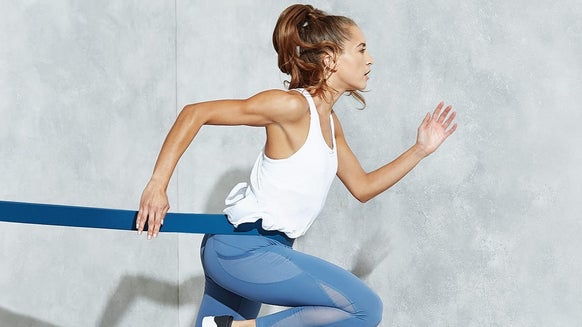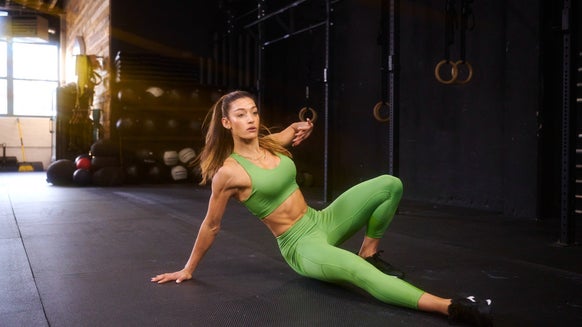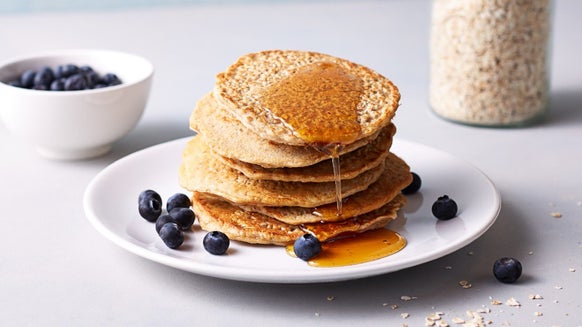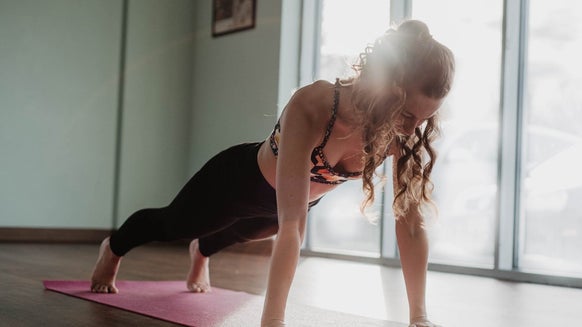How To Squat Correctly | Your Guide To Barbell Squats
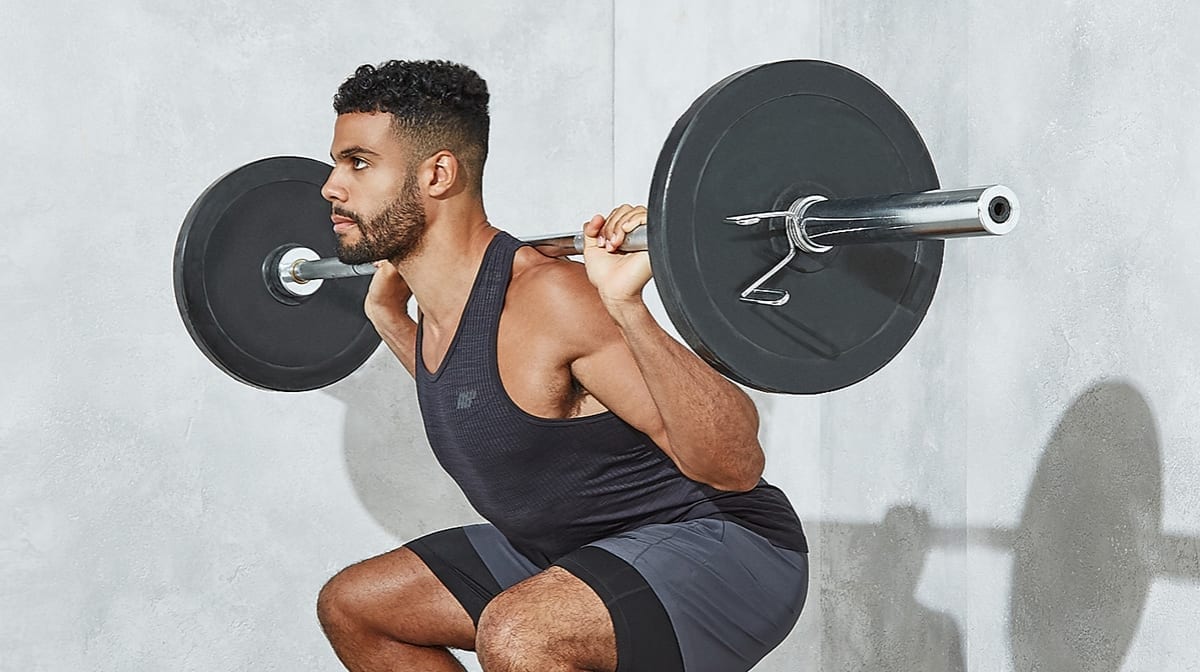
Squats are one of the best functional movements around for building powerful glutes and toned legs. It’s common to see people performing weighted squats in the gym, but it’s a movement that can seem intimidating to beginners, and there is risk of injury if form is incorrect.
In this article, we’ll take you through one of the most popular squat variations, giving you hints and tips on how to master barbell squats in a few simple steps. You’ll also learn how to do a few other squat variations and find out their benefits. Sound good? Let’s get started…
What is a squat?
Squats can be done in several different ways — from barbell and dumbbell variations to Smith machine squats — and all can be included in any lower-body or leg-day routine.
In this article, there will be a particular focus on the barbell squat, which is one of the major compound moves in resistance training. Compound moves are exercises that work multiple muscle groups rather than just one.
Your entire body plays a part in the lift, but it works your glutes, hamstrings and quads particularly — so you need to make sure you’re using the correct form and technique.
It’s incredibly important that squats are performed properly, otherwise you’re risking potentially serious injury.
How to do a barbell squat
The only equipment needed is a squat rack, a bar and weight plates.
- Start with your feet shoulder-width apart and take a firm grip of the bar.
- Rest the bar on your upper back but below your neck. Keep your chest puffed out and your feet turned out slightly (around 40 degrees).
- Take a deep breath, retract your shoulder blades and brace your core. Lower yourself until your hips are just below your knees, keeping your heels glued to the ground throughout.
- Your quads do a lot of the work towards the top end of the squat, so power up on the ascent from your mid-foot to heel while exhaling.
- Your spine should remain neutral throughout. At no point should there be any bending or curving of the back.
- Either re-rack or repeat.
Top Tips
- It sounds obvious, but you must warm up properly. Take a few sets to squat the bar without weight and gradually work up to your max weight for the day.
- Control and pull the weight down — do not allow the weight to push you down.
- Keep your core tight and locked in.
- Take your time, make sure you’re set up correctly and don’t rush into position.
- Keep your heel on the ground.
- Keep your core engaged and back straight. If you lean too far forward, the weight is too heavy.
The benefit of the barbell squat and muscles worked
Squats are a go-to move for anyone looking for muscle growth and definition because they engage more muscles than any other move. They target the quads, hamstrings, glutes and your core, helping to make you stronger, increase muscle mass and build definition in your legs.
If squats are not performed properly, too much stress on the lower back can cause injury. The two most likely causes of injury are lifting too much weight and leaning too far forward so the strain is put on the back instead of the legs and hips.
Common mistakes and how to fix them
Not getting enough depth
This is a mistake commonly made by beginners. It also occurs when the weight is too heavy. Not going low enough into the squat means your glutes, hamstrings and quads will barely do any work.
Make sure your hips go beyond your knees in the lower phase of the squat, as this ensures the glutes are activated and your quads and hamstrings are taking the load.
Heels coming off the floor
Your heels should remain grounded so to balance the weight and distribute the load evenly. If your heel comes away from the ground, it can move the weight on to your quads and put pressure on your knees.
You may also need to widen your stance slightly and push your glutes out a little more, as well as keep your chest out.
Caving of the knees
If your knees are caving inwards at any part of the squat, your knee joints will be in an unsafe position and at high risk of injury.
Your knees may be unstable because the weight is too heavy, you’re tired and fatigued, or your body may not be used to the movement.
Make sure you can handle the weight and that your form doesn’t waver at any point. Using the Smith machine to squat may be a simple way to help you perfect your form.
Variations to the barbell squat
Bodyweight squats
Bodyweight squats are a great starting point for anyone who wants to improve their form. The overall movement is the same as the barbell squat, but the difference is you don’t use any weights.
Once you have perfected your form, you can take on the squat rack by using the same movement. You can also use bodyweight squats as a warm-up before any weighted variations to really get your joints moving.
45-Degree Leg Press
This is a useful machine exercise that can replicate much of the squat but with the support of the chair. It’s also a good way to add more weight without compromising your back.
- Take a deep breath, extend your legs, and unlock the safety catch. Lower the weight under control until your legs are roughly at or below 45 degrees.
- Drive the weight back to the starting position but avoid fully locking your knees.
Bulgarian split squat
This is another great exercise for toning and building muscles while simultaneously working on your balance.
It will work your glutes, quads and hamstrings, but this time it’s one leg at a time and a higher rep range of 10-15 per leg is advised.
All you need is a bench for your resting leg, and either a dumbbell, barbell or your own bodyweight.
- Elevate and rest your back foot on the bench and get into the lunge position, keeping your core tight and your chest pushed out.
- Lower yourself down slowly until your front thigh is almost horizontal, then drive up through the heel and return to the starting position.
Take home message
Barbell squats are one of the most effective and intense exercises you can do, with benefits going beyond legs and including full-body and all-round strength.
If you're new to squats or getting back into practice, use lighter weights and focus on your form. As you build confidence and your technique improves, gradually increase the weight over time to improve your strength.

